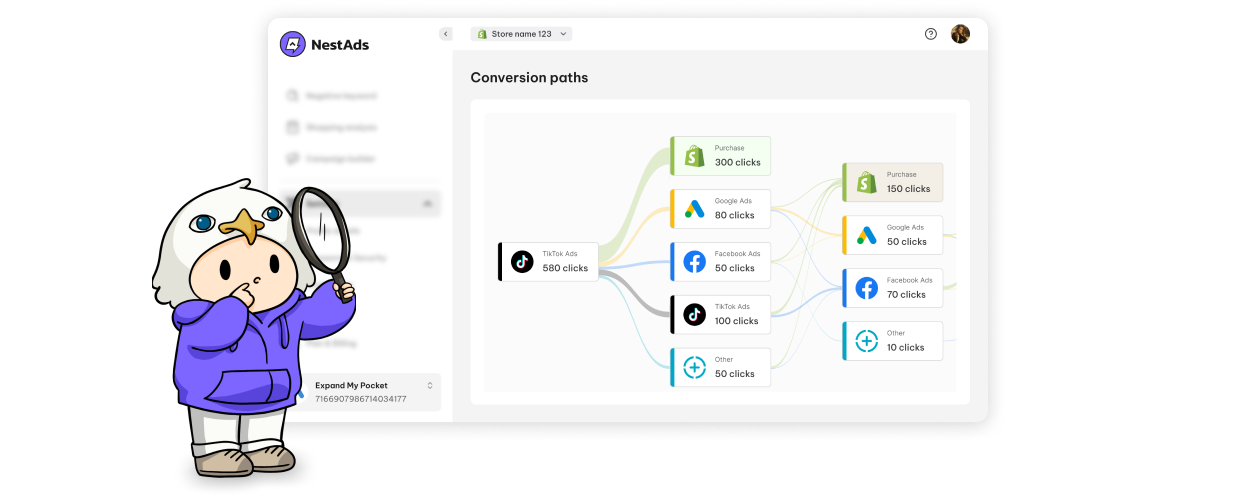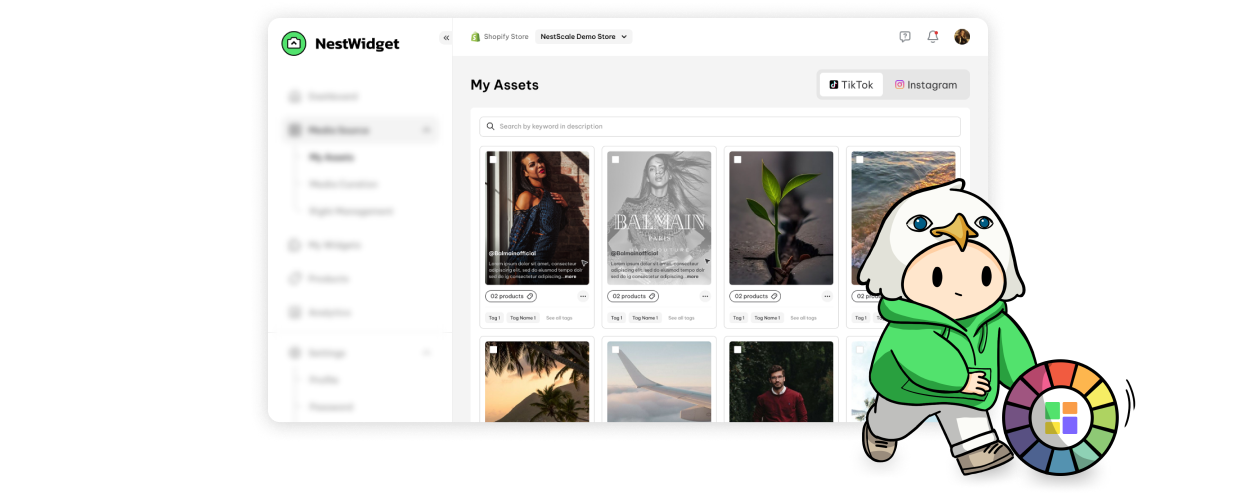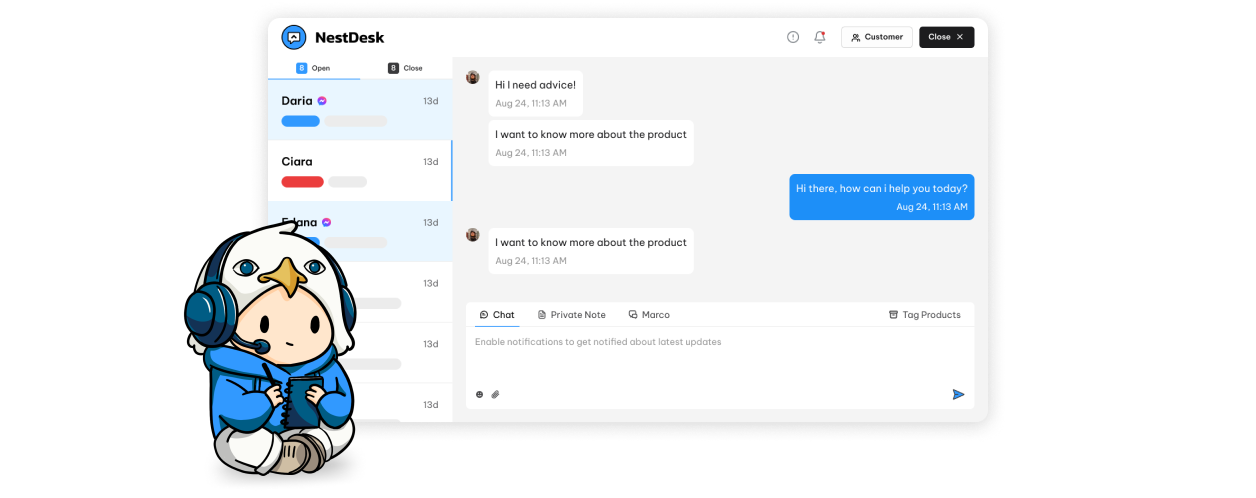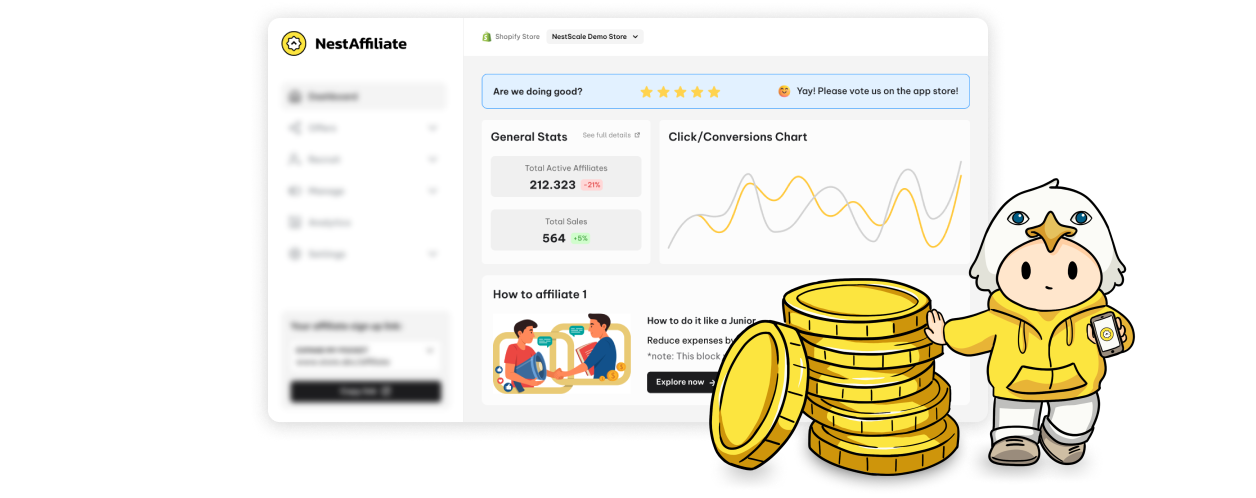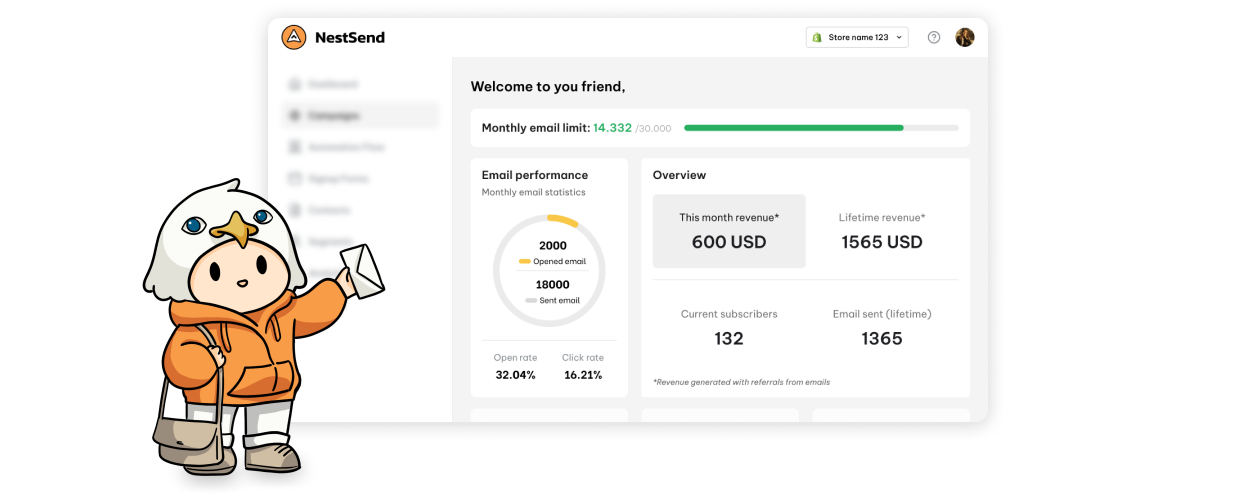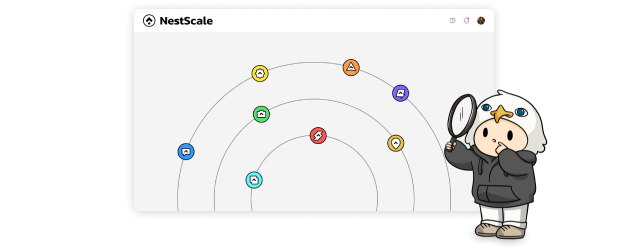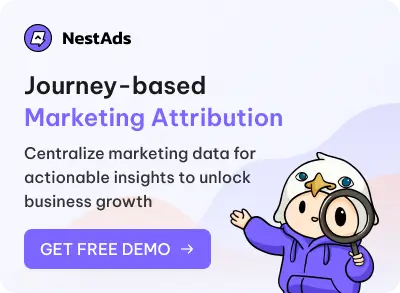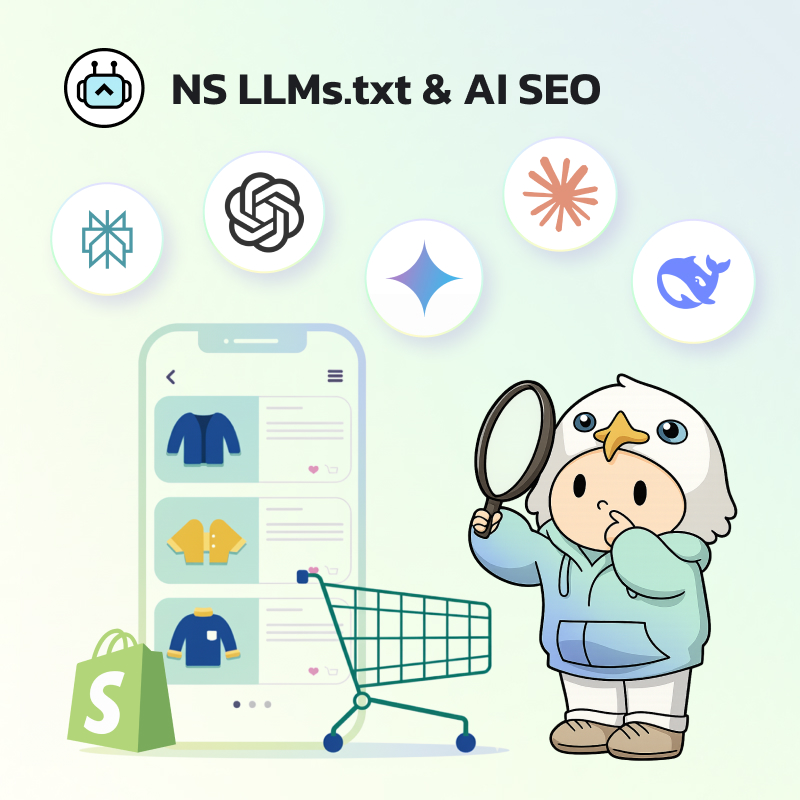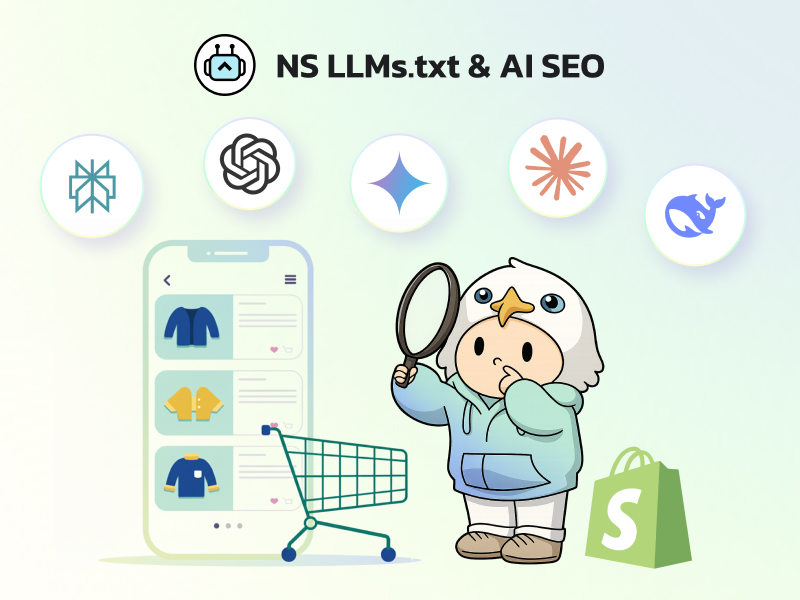What is view-through attribution?
View-through attribution (VTA) is a marketing measurement model that attributes conversions to ad impressions, even if the user didn’t directly interact with (click on) the ad.
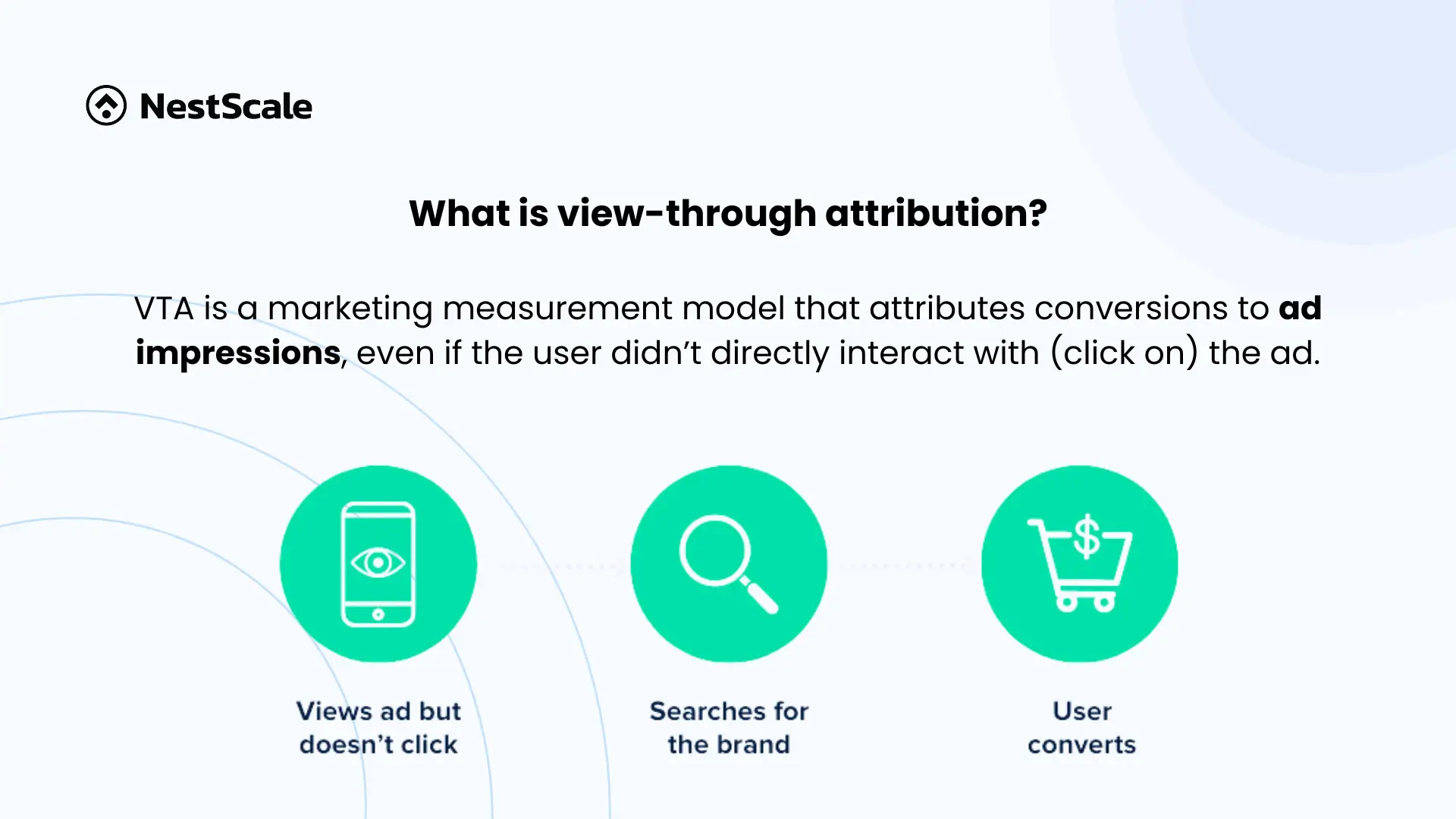
In simple terms, VTA allows advertisers to track conversions that happen after a user views an ad without immediate action. For instance, a user might see your ad and later take action – like downloading your app directly from the app store or visiting your website independently.
In these cases, the ad served as a subtle nudge, reinforcing their familiarity with your app or brand, which ultimately influenced their decision.
How does view-through attribution work?
When a user views an ad, a tracking pixel or cookie records the exposure. If the user later completes a conversion within a specified attribution window (commonly 7, 14, or 30 days), the conversion is attributed to the ad that was viewed.
For example:
- A user sees a banner ad for running shoes on a website but doesn’t click on it.
- Three days later, they visit the advertiser’s website directly and purchase the shoes.
- View-through attribution credits the banner ad for influencing the purchase, even though the user didn’t click on it.
This approach helps advertisers measure the indirect impact of ads on conversions and understand how brand exposure drives customer behavior.
View-through vs. Click-through attribution
Click-through attribution (CTA) credits conversions to ads that users click on. It’s precise, tracking exactly how many users clicked an ad and took action. However, it often overlooks the impact of brand exposure in multi-channel campaigns.
For example, a customer might see your ad on Connected TV, visit your website later, and then click on a retargeting ad. CTA attributes the conversion only to the click, ignoring earlier brand interactions.
View-through attribution, on the other hand, credits conversions to ads that users saw but didn’t click. This model highlights the role of impression-based ads like banners or videos in influencing customer decisions.
While less precise than CTA, VTA ensures that awareness-focused campaigns get credit for driving conversions.
Using both models together provides a holistic view of your campaign’s performance, combining the strengths of each approach.
Why use view-through attribution?
VTA is particularly valuable for measuring the effectiveness of impression-based ads, such as video and banner ads. It helps answer the question:
“Are my ads driving real, authentic conversions, even when users don’t click on them?”
This model ensures that campaigns focused on brand awareness or visual engagement get the credit they deserve, providing insights into whether these ads are contributing to your goals effectively.
Challenges of view-through attribution
Despite its advantages, view-through attribution has some limitations:
- Potential overestimation: Without proper safeguards, an ad’s impact may be overestimated by attributing conversions to ads that users merely glance at without significant influence.
- Privacy concerns: Stricter data privacy regulations (like GDPR and CCPA) and the phasing out of third-party cookies have made it more challenging to track ad views accurately.
Attribution window selection: Determining the right attribution window is critical. A window that’s too long may attribute conversions inaccurately, while a shorter window might miss meaningful connections.





